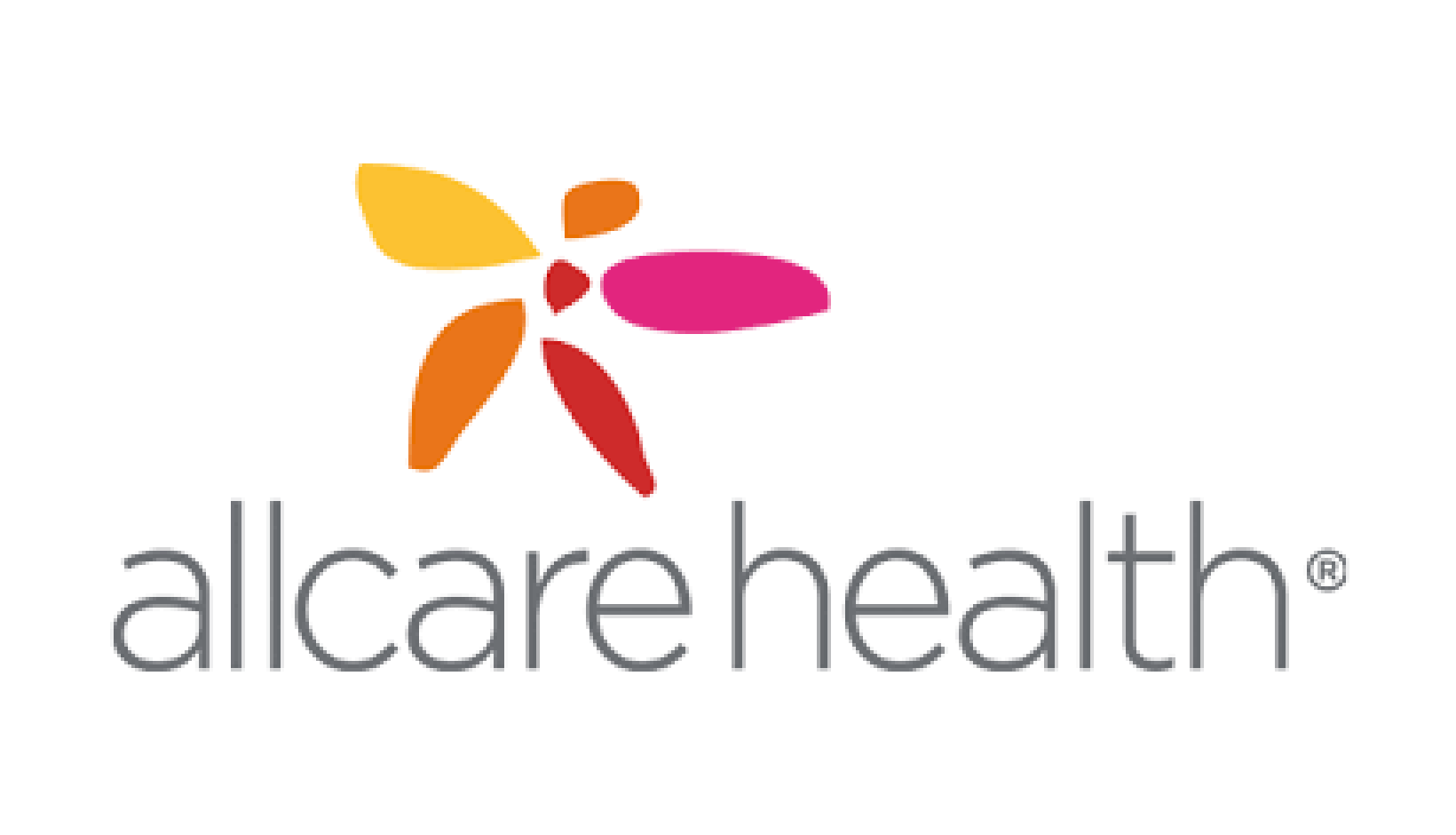Why do we use it?
Manual Creation and Analysis of Data
Allcare’s current practice management system does not have analytics capabilities. Their director of operations, Sarah Scott, was forced to pull reports containing charges, and another for adjustments. Then, she needed to consolidate the data onto a spreadsheet and analyze the data before prioritizing work. This daily data ritual was incredibly time consuming, taking an hour or two. Instead of planning and attacking initiatives that would make a difference to Allcare, Sarah spent time each day manipulating data that could easily be done by analytics software, which was incredibly frustrating.
With Analytics
Now that Allcare has deployed MGMA Analytics, powered by WhiteSpace Health, the time spent pulling data from their practice management system, consolidating it into spreadsheets and performing data analysis has been eliminated. And there is no risk of a human making a mistake or forgetting a step in this formerly complicated process. Everyone on the team can now access fresh data based on role-based permissions whenever it’s needed.
Getting Started with Provider Dashboards
Since there is now data about virtually every aspect of the business, it was a bit overwhelming to know where to start. After thinking about the priorities, Allcare decided to start using their new analytics platform to understand provider performance. The director of operations, Sarah Scott, was able to kickstart the use of analytics by pinning key metrics related to provider performance such as: charges, payments, RVUs, no-shows EM codes for new and existing patients and payer mix onto dashboards personalized for her providers. By making this information readily available, providers became more aware of their contributions to the business. This new transparency to the performance of the practice naturally lead to providers becoming more curious and asking more questions. As a result, the providers were able to initiate data driven conversations and begin helping one another. The entire organization benefitted from this collaboration.

The Biggest Problem – Denials
Because data showed that registration related issues were causing denials, Ms. Scott began focusing her use of the platform there. Like most providers, Allcare had been experiencing an increasing volume of denials. And this increase in denial volumes was causing a rift between the schedulers and the billers, causing morale to suffer. Before Allcare deployed their analytics platform, the volume of the denial problem was hard to understand, and it was harder to quantify. Having analytics allowed Allcare to determine the root of the problem and understand what actions would make the biggest impact.
Insights into Customer Service
Setting financial expectations is an important aspect of customer service. Since patient responsibility is a growing piece of Allcare’s revenue, it is essential that Allcare better understands customer experience by fully utilizing data in the analytics platform. Data now provides transparency from eligibility to collections, ensuring Allcare gets paid what is owed so their practices can continue to provide care for the communities they serve.
From securing the correct co-pay at check-in to collecting any unpaid balance after insurance has been applied, it is important that to communicate accurate, easy to understand bills to patients and ensure timely payment. Insights generated through analytics help Allcare make the right decisions in a timely manner, ensuing patient payment policies are followed and that payers reimburse the correct amount.
Curbing Provider Burnout
Burn out and turnover of providers and staff is another common issue facing healthcare. Healthcare organizations cannot fix their revenue problem by demanding providers see another three patients each day. It’s not sustainable. Rather, the root cause needs to be revealed why providers are not seeing these patients. For example, your data will tell you how many cancellations and patient no-shows you have. It will tell you if it is isolated to a specific location, provider, or another trend. Once the root cause is known, strategies can be built to address the issues and improve provider utilization rates. Allcare found that patient access improves as more patients keep their appointments.

Summary
Healthcare is an industry full of incredibly smart people. Focusing their attention with the WhiteSpace Health Platform makes them even more formidable. AI and Machine Learning allow the problems to be deeply understood. From big picture trends to granular understanding, data informs changes in workflows and protocols that improve your business. The more the Allcare team uses their analytics platform, the more confidence they develop. Through this understanding and the culture change facilitated by data, their business is now growing and thriving.
Payer Contracting
Payer contracting is a key aspect of reimbursement. The payer analytics section of the platform let Allcare know when they are getting paid and whether they are receiving the correct amount. Payers have been using data and analytics for years. Using the analytics platform, Allcare is now able to push back on payers during contract negotiations. Having data helps change the balance of power from payers exclusively holding the upper hand to a more balanced and collaborative approach to contracting.
“Access to fresh, actionable data changes the dynamics of the payer - provider relationship.We are becoming more like partners with a shared goal of keeping our communities heathy.”
Sarah Scott
Director of Operations, Allcare
